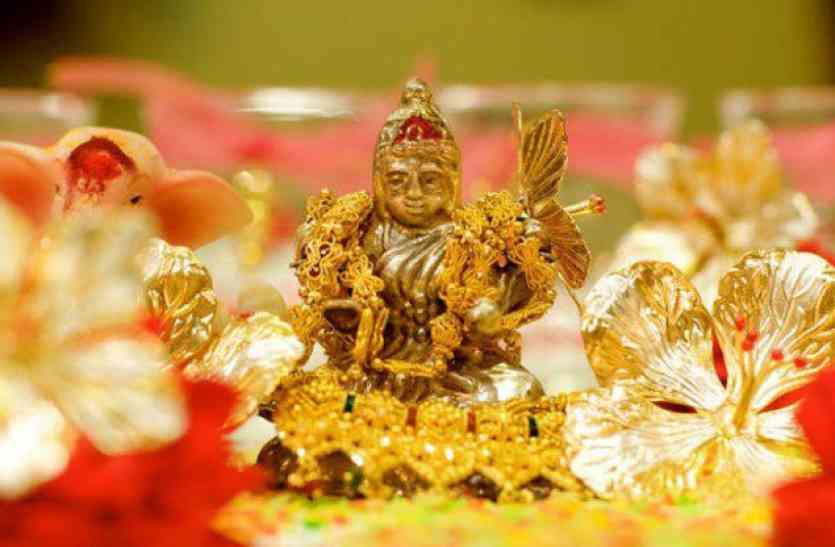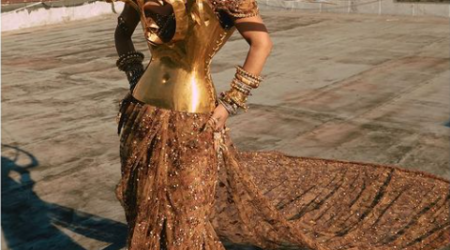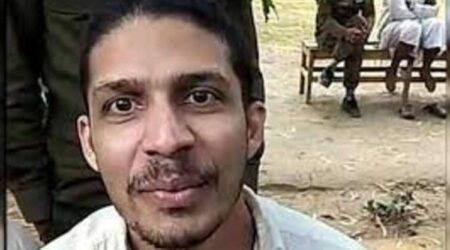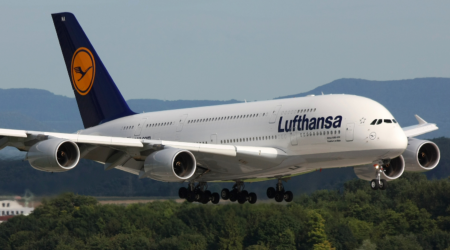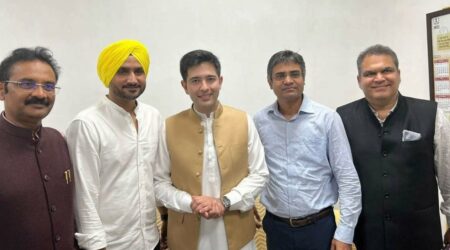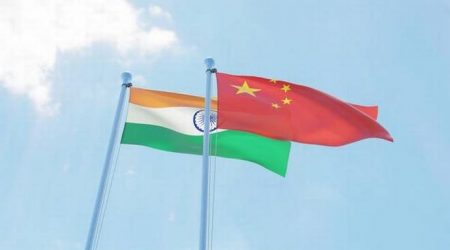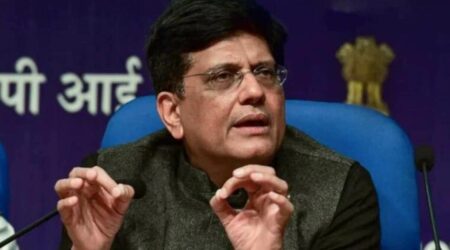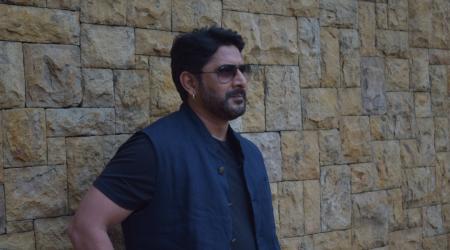Diwali has always been more than just a cultural festival
By Rajesh Mehta & Sandesh Dholakia
Ayodhya was illuminated with hundreds and thousands of lamps to celebrate Lord Ram’s arrival after defeating Ravana all of us know this, right? But did we ponder how hundreds of thousands of such lamps were produced, how many people got employment for it, and how they got transported to the entire kingdom of Ayodhya, probably not!
It is thus vital to delve deeper into building nuances about how Diwali has always been more than just a cultural festival with positive spillovers helping boost the Indian economy at large ultimately fueling the rise of India as a global superpower in the 21st century.
Economic Perspective

A report by Redseer Strategy Consultants estimates online sales during the 2022 festival season are likely to grow 28 percent year-on-year and are expected to touch $11.8 billion. Compared to pre-pandemic sales in 2018, online festive sales are set to triple in Gross Merchandise Value (GMV) in 2022.
While the impact of Diwali Sales on the Economy is felt across all major sectors, there are some which outweigh the rest, like Jewelry, Auto-mobile, and Electronics. Most of these are high-ticket expenses and investments for an average Indian household which they would otherwise not incur without a considerable big-sized event.
Precious commodities like gold and silver which is purchased on the auspicious day of Dhanteras become passive investment tools for the common Indian households that keep coming to the rescue of the country’s economy in many uncertain situation generations after generation.
Not only does the festival make people buy newer goods but also nudges them to discard older or obsolete goods working at sub-par efficiency levels. This becomes very crucial for certain segments like Automobiles where people keep using older versions of vehicles which cause higher pollution but an event like Diwali nudges them to upgrade and become greener than they used to be.
Almost all Electronic Vehicle producers are betting big this Diwali with heavy discounts to play a crucial role in India’s transition from a carbon-fuel vehicle era to green electricity-driven vehicles.
An all-inclusive Festival
While on a consumer front the festival brings a lot of opportunities to celebrate, it is also equally important to understand the supply side of things, especially from the perspective of small and medium-scale industries.
According to the Confederation of All India Traders (CAIT), more than 5 crore items including a range of articles produced by craftsmen, potters, startups, etc. are purchased during Diwali every year. The two segments which stand to benefit the most at local levels are Sweet Makers and Firework producers.
Environment or Economy: A trade-off?
For many decades Indian Fireworks industry has provided jobs to hundreds of thousands of farmers who are dependent on Rain-fed farming and rendered jobless in most months of the year. Starting from the production of handmade matches to colorful matches, their entrepreneurial journey made them produce sparklers and sound-making crackers.
The Fireworks industry including its allied segments like printing, packing, transport, etc. employs at least eight lakh people in India. With bans on Chinese crackers in the last few years the potential to provide employment increases quite sharply but at the same time growing consciousness of the pollution emitting crackers rather tilts the scale for industry negatively.
There are two ends of the spectrum for people proposing a solution to the problem, one of those who call for a complete ban on fireworks and the others who call for zero regulatory interference in the matter. Given our centuries-old tradition which binds us together as a country, calling for a complete ban is absolutely out of the question but at the same time taking cognizance of climate change, zero regulatory interference isn’t an option too.
At such a juncture government may start with Carbon Credit Markets for the Fireworks industry, and enforcing manufacturers to buy them for the amount of pollution that their crackers shall produce, most obviously such a solution won’t bring down the pollution to zero level but it will nudge producers to find the most efficient ways of production which cause the least pollution, apart from that they can also be asked to plant trees in a manner which balances out their net emissions for the environment.
Diwali and India’s Soft-Power

With the advent of rapid globalization across the world, Diwali is no more just an Indian festival, rather it has lately become a symbol of Indian soft power which influences all the major countries around the world and makes them aware of the rich Indian cultural heritage our nation and of the immense power that Indians yield across crucial decision-making bodies around the globe.
From Obama lighting the traditional lamps in Whitehouse back in 2009 to US Congress introducing the ‘Deepavali Day Act’ in 2021 in an attempt to make Diwali a federal holiday in the country, the Indian diaspora’s growing clout in the US corridors of power has led to it being wooed by successive president term after term.
This year, President Biden is set to celebrate Diwali at the White House on October 24. The outreach of this soft power holds even more substance across Asia, in countries like Myanmar, Indonesia, China, and Thailand, in the many-a-tale, in myriad art forms and architectural and social formats and rituals.
Moreover, Diwali is not just a festival for Hindus. It holds equal importance in many other religions like Jainism – the day of Nirvana of the Lord Mahavira, Buddhism for Emperor Ashoka’s decision to convert to Buddhism, and in Sikhism for the return of Guru Hargobind Ji, the sixth Guru, to Amritsar.
Mughal Emperor Akbar used to organize Jashn-e-Chiragan i.e. festival of lights in his court. Today the shrine of Haji Ali in Mumbai and Hazrat Nizammudin in New Delhi gets lit up with Diya on Diwali day. And, the fade is not limited to urban areas. In Jhunjhunu in Rajasthan, the shrine of Baba Kamruddin Shah celebrates his eternal friendship with Baba Chanchal Nath by lighting of thousands of Diyas on Diwali day. And, there may be many more such examples elsewhere.
Diwali is thus a true hallmark of a thread binding India, even at a global level, with a crucial thread covering all aspects of life – economic, cultural, and social.

Rajesh Mehta (right) is a leading consultant working on Market Entry, Innovation & International Affairs. Sandesh Dholakia is a Strategy Consultant and the founder of Case Ace.
Disclaimer: The views expressed are not necessarily those of The South Asian Times


